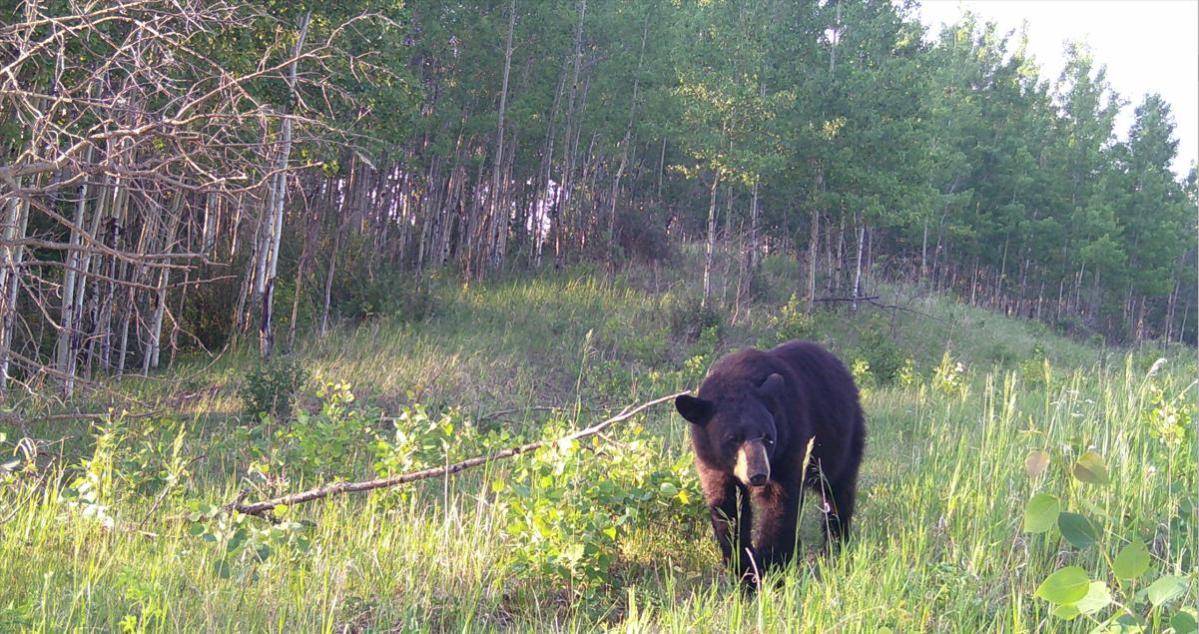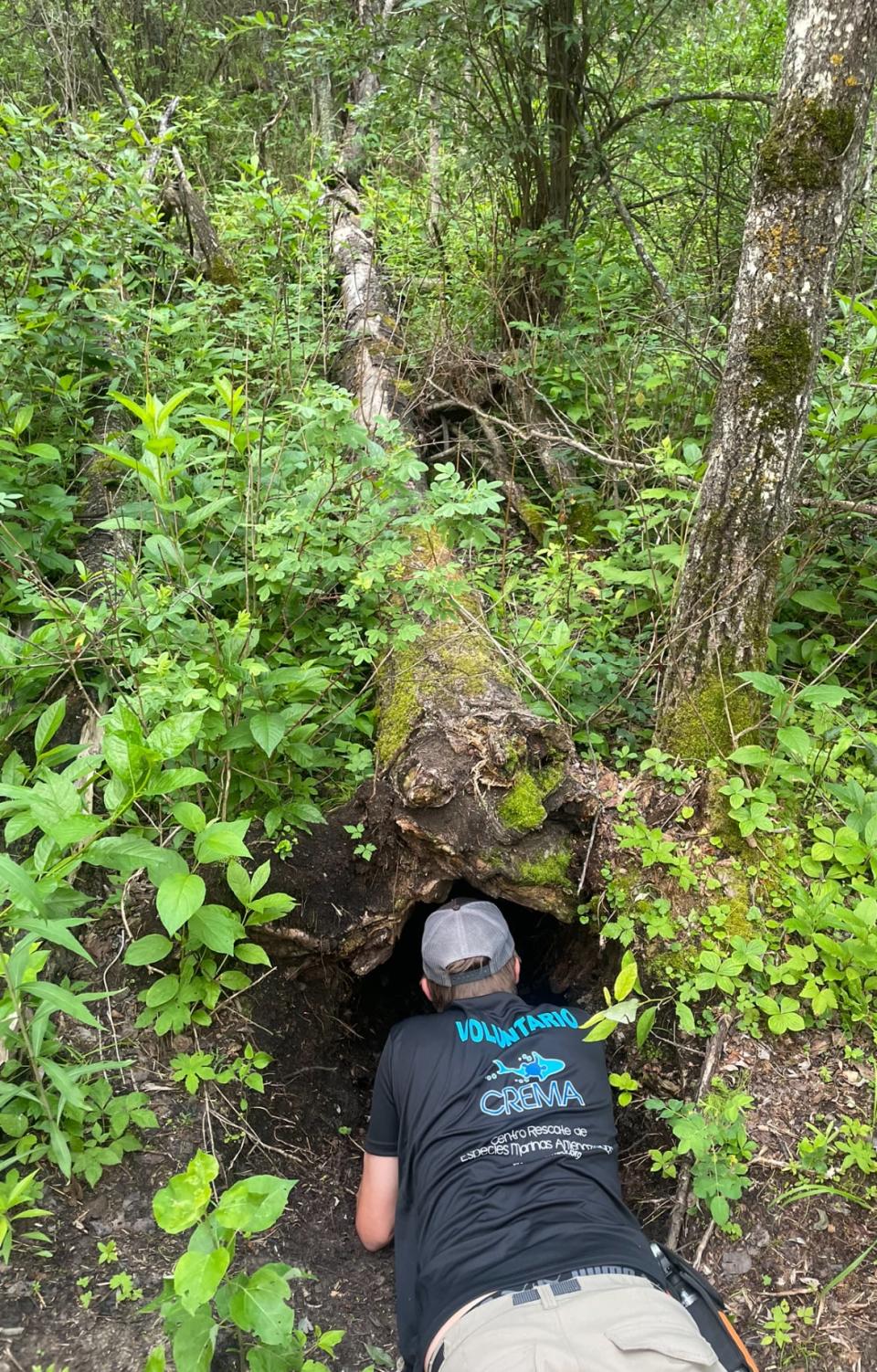


An Alberta researcher has received a major funding boost to study how black bears are recolonizing the Beaver Hills Biosphere, a distinct geographic area 40 kilometres east of Edmonton.
Sandra MacDougall, a biology instructor at Red Deer Polytechnic, was recently awarded a grant of $426,000 to amplify her research on how quickly the bear population is increasing in the area.
A major goal of the study will be to track the movements of the bears through the increased use of radio collars and to find out what they are eating by sampling the bears’ toenails, hair, and feces.
Edmonton AM host Tara McCarthy spoke with MacDougall this week to find out more about her research.
This interview has been edited for length and clarity.
What has your research uncovered about the number of black bears in the Beaver Hills Biosphere?
We don’t know the number yet, but over the past five years, Parks Canada and people in the region have noted that more bears have been observed. So, we’re going to try to get an understanding of what that looks like for this area.

Red Deer Polytechnic bachelor of science graduate Kyle Rix examines the entrance to a black bear den in the Beaver Hills Biosphere as part of the research project. (Maggie MacKenzie)
Tell us about the Beaver Hills Biosphere.
It’s an amazing area. It’s just east of Edmonton, and it’s an area of about 1,600 square kilometres. It’s this huge island of forested area surrounded by parkland habitat with a really cool topography of forests, swamps, and different wetlands.
At its core, you have Elk Island National Park, which is a completely fenced national park. The reason why I mentioned the park is fenced is because it actually has different kinds of ungulates, like elk and bison, inside the park than we find outside of it.
So we’ve got a really interesting set of conditions. Then we have black bears moving in, and black bears can move freely into and out of the park. The fences are not a barrier for them.
What I’m going to be doing is looking at the feeding ecology and the demographic characteristics of how this black bear population is growing. Parks Canada is very interested in whether the bears are predating on elk within the park and what sort of impact that might have.
The second piece we will look at is the social-science piece. We are going to look at the impact this could have on the region and what it could mean in terms of human-bear conflict. So, a portion of our funding will go towards things like human-bear coexistence and conflict programming.
Why is it important for you to research what these bears eat?
It’s super important to understand where the bears are getting their energy from and how that energy will enable them to have things like higher reproductive rates. We also want to know how that will affect how they move through the region from one important feeding area to another.
Could we see bears move closer to Edmonton in the future?
Yes, I think black bears are really good at moving through the forest undetected. I live near the city of Red Deer, and we’ve had black bears in the city of Red Deer over the past two years. I am part of the team trying to figure out what their dispersal throughout the surrounding region will look like.